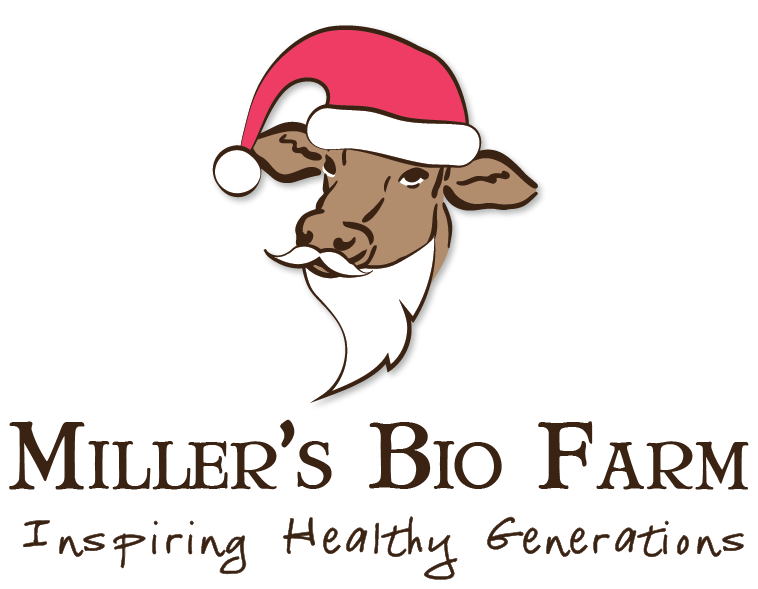Ugh greenwashed labels. What does it take to get ___ on a label anyway?
posted on
February 21, 2025
Not a fan of the confusing, greenwashed labels in store? Yea, me too!
And it's especially real for me, because I'm responsible for getting our labels approved with the "powers that be". Here's a little story with a big inside scoop...
I made new labels for our bone broth a little while ago. It didn't go as smoothly as planned.
Why? I put the little icons about our farming practices on them. They look like this:

Yup, despite being 100% accurate and true, they were denied!! We're not allowed to put those statements on our food labels.
So, I asked the USDA guy, "What would it take to get those claims on the labels, anyway?" The answer was kinda shocking.
First off, there's some guidance on wording. Silly technicalities in my opinion.
For example, you can't use the term "No Spray" but you can say "Produced without the use of synthetic pesticides." Or another example is that you can't say "No Routine Antibiotics or Vaccines" but you can say "Raised without routine use of antibiotics or vaccines."
Second, the processor needs to update their documents to provide traceability. In other words, they need to document how they make sure the bones for our bone broth don't get mixed up with bones from other farms.
I mean, this is pretty simple, especially with small batch foods like ours. But the documentation needs to be meticulous. Drafting it in government-approved language can be time consuming and/or costly.
And lastly, once you get the wording and process right, you need proof.
This was the real shocker for me:
Want to know what proof would suffice for all the claims above? A 2-3 sentence affidavit (AKA a super short letter) signed by all farmers that supply us. That's it!?
This lead me to a bunch of questions:
- What if a company submits a letter from one farmer but actually has other farmers that supply them, too?
- What if a company changes farmers? Will they submit new letters?
- What if a company's farmers change their practices in the future? Will they immediately update their labels?
- Are the "powers that be" checking on this? Is anyone checking on this?
- Is this why most farms and food facilities don't allow outside people coming in?
It seems to me that, if a business isn't doing what the label says, the only way to find out is via a whistleblower. And the only way to make them stop is to take them to court. You know, like what's happening with Vital Farms and their pasture raised egg claim right now.
It seems to me that, all that good natural stuff on labels - grass fed, pasture raised, antibiotic free, etc - doesn't mean it's true. Certifications are a little better, but the same kinda thing can be said about those, too.
This is why, at Miller's, we choose to NOT sell in stores.
No wholesale for us. In fact, we don't even have an on farm store. We only sell directly to our customers via our website.
And, we choose to only get certified for what's required.
This way, we can make our own natural standards. And, we can provide you will all the info and proof you need. Descriptions, photos, blog posts, test results, and more.
So, what do you think? Should we do the affidavit thing to get claims on our bone broth labels? What proof do you need to feel confident in your food choices?
I'd love to hear from you. Comment below (no account required - just start typing) or contact us 😊




